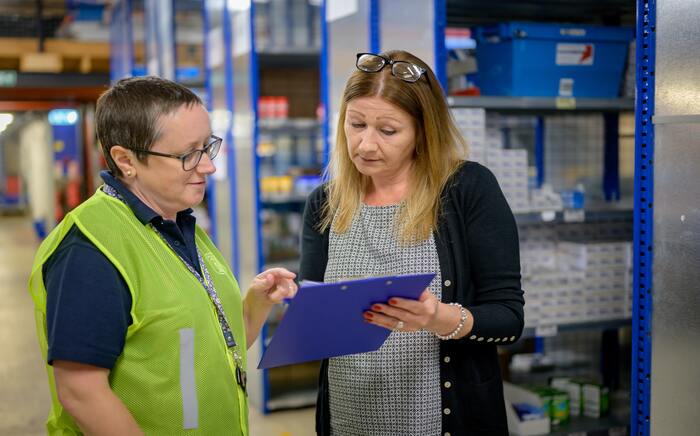As the world grapples with the escalating climate crisis, the circular economy emerges as a potential solution to reduce emissions and resource consumption. However, the world is becoming less circular each year, and bold action is needed to reverse this trend. Here are six key legislative trends driving the circular transition in 2024:
- Stricter Environmental Product Standards: Policies targeting efficient manufacturing, durable design, and banning unsold goods destruction are on the rise, exemplified by the EU’s 2025 ban on destroying unsold clothing.
- Environmental Product Scores: Unified scoring systems, such as the upcoming EU Digital Product Passport, aim to inform consumers and discourage greenwashing by sharing environmental data for all product life stages.
- Certifications for Recycled Materials: Creating standards for recycled materials can promote their use, especially in construction, where cost and quality concerns often favor virgin materials.
- Right to Repair: Strengthening repair legislation is critical to reducing waste, with the EU working on regulations to make repairs easier and more attractive than purchasing new products.
- Producer Responsibility: Extended Producer Responsibility (EPR) schemes aim to shift waste disposal responsibility upstream to producers, encouraging longer product lifecycles and recyclability.
- Tax Incentives for Circular Products: Reducing taxes on repairs and recycled goods, while increasing taxes on luxury and linear products, can shift consumer behavior toward more sustainable choices.
Beyond these policies, effective implementation, financial backing, and social investment will be crucial to achieving a circular economy. Millions of workers will need training, and governments must collaborate with international institutions to drive systemic change.

 Back to Blog
Back to Blog










